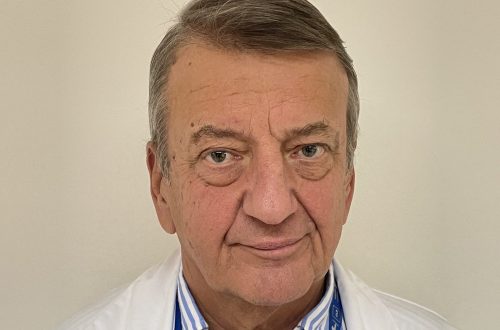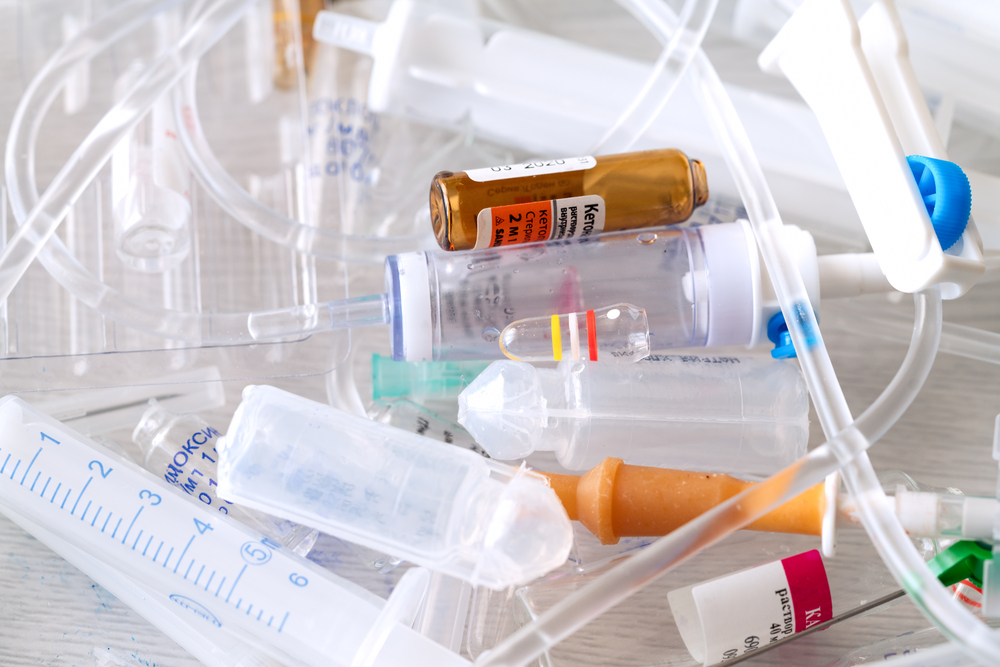Congress Newsletter 2023
Empowering Collaboration and Innovation: Prof. Carolyn Weiniger's Journey with ESAIC
Prof. Carolyn Weiniger, Chair of the ESAIC Patient’s Forum; Member of the ESAIC Research Committee; Director of Obstetric Anesthesia in the Department of Anesthesia, Pain and Intensive Care Medicine of the Tel Aviv Sourasky Medical Center, affiliated with the Tel Aviv University Faculty of Medicine, Israel
You have a rich history as both a member and chair of an ESAIC committee. What inspired you to become so actively involved, and how has ESAIC impacted your journey?
I became actively involved in ESAIC after attending a Euroanaesthesia Congress, where I submitted a research abstract with a trainee I was mentoring. Meeting renowned clinicians and researchers in my field made me realise the impact of this network and inspired me to contribute, mentor, and connect with colleagues. I started as a Mentor in the Mentorship programme and later joined then chaired the Scientific SubForum. Currently, I am the Chair of the Patients’ Forum. Being part of ESAIC in positions that allow active contributions has been incredibly fulfilling. ESAIC is a friendly and encouraging organisation with leaders who understand the importance of evolution to stay relevant. The transition from SubCommittees to Forums and the effort to ensure diversity in faculty selection are evident examples of this mindset. My ESAIC journey enabled professional friendships and collaboration in significant multinational projects such as the Minimal Requirements for Obstetric Anaesthesia and the MacCriCare project. Additionally, it led to the development of the ongoing multinational ACCESS study involving 27 countries and over 360 European hospitals.
Currently, you hold the position of Chair in one of the largest Scientific Forums (Patients) and are a member of the Research Committee. Could you provide insight into the responsibilities and tasks associated with these roles?
As Chair of the Patients’ Forum, my responsibilities include creating unique and exciting content that showcases advancements in anaesthesia, critical care, and pain management. This involves organising educational opportunities throughout the year, such as webinars and podcasts, in addition to the annual meeting. The new Forum structure encourages the creation of scientific content that bridges specialities and concepts, and this cooperation between areas of interest in our speciality sets ESAIC apart from other scientific congresses. In my role on the Research Committee, we are responsible for liaising with the industry for grant support and evaluating and selecting projects for funding from various grants coordinated by ESAIC. I am aware of the significant impact of the Research Committee’s support on influential publications and research initiatives, such as the PROVE network investigations led by Professor Paolo Pelosi, who sadly passed away recently.
You played a pivotal role in organising the successful launch of Serious Games during the Milan event, which has now been repeated in Glasgow. What do you believe is the key to achieving such remarkable success with this initiative?
The key to achieving remarkable success with the Serious Games initiative was the agility and willingness to evolve within ESAIC. When I was approached by the Chair of the Scientific Committee, Professor Idit Matot, to create a new learning track for the Euroanaesthesia congress, ESAIC administrators supported our vision and helped us meet deadlines to turn the concept into a reality. Working with our Tel Aviv Anaesthesia Simulation Team (TAST) and European colleagues, we developed the games with clear learning goals, fun activities, and the necessary equipment, all developed during challenging times like the COVID-19 lockdowns. The support from ESAIC administrators and the Simulation Committee allowed us to build a diverse faculty and enable the sustainability of Serious Games. A similar team-building strategy was employed for the Obstetric high-fidelity simulation, which has been successfully launched. Building a diverse team of educators ensures long-term educational opportunities.
We would greatly appreciate your predictions or statements concerning the future of ESAIC and its impact on scientific and medical education.
I am thrilled to be able to contribute to ESAIC and to know that the organisation is receptive to ideas. It is not easy to evolve, and I am sure that ESAIC will continue to listen to the members and to create educational and research opportunities that the members wish to experience.
I hope that the fellowship exchange programmes will continue to flourish, with more centres offering fellowships in a growing number of specialities. This is a natural progression to follow the examinations that enable qualified anaesthesiologists to practice all over Europe. The fantastic “train the trainer” courses create a cohort of qualified, skilled practitioners to produce and run the diverse educational activities ESAIC offers. Education and science really are two sides of the same coin. ESAIC recognises this, for example, maintaining a high level of science, together with the interdisciplinary style of the new Forums of the Scientific Committee. This means that ESAIC is one of the only places in the world where delegates can learn every discipline in a complementary, integrative way. I believe that the leadership of ESAIC will continue to prioritise education through teaching, mentoring, and scientific integration programmes.
Could you please give us a sneak peek of what you are presenting at this year’s Euroanaesthesia Congress? We would love to hear about the topic or research you will be sharing with the audience.
Regarding my presentations at this year’s Euroanaesthesia congress, one project I wish to highlight is the development of the Drooler anaesthesia simulation machine. Dr Osnat Cohen-Rosenboim, together with our Tel Aviv Anesthesia Simulation Team (TAST), has developed a functional programmable machine that replaces traditional anaesthesia machines in high-fidelity simulation scenarios. This innovative machine addresses limitations such as functional alerts and transport issues. Dr Cohen-Rosenboim will make the template freely available, and I encourage you to visit her research abstract presentation for more information. One of my talks at Euroanaesthesia 2023 will focus on the practical aspects of using Serious Games in anaesthesia medical education.
In conclusion, Prof. Carolyn Weiniger has shared her inspiring journey as an active member of ESAIC, highlighting the impact of the organisation on her career. Through her involvement in various committees, including the chairmanship of the Patients’ Forum and membership in the Research Committee, Prof. Weiniger has contributed to creating unique and exciting content, bridging specialities and promoting scientific advancements. She played a crucial role in the successful launch of Serious Games, showcasing ESAIC’s agility and willingness to evolve.
Thank you, Prof. Carolyn Weiniger, for your time and expertise. Your dedication to advancing anaesthesia, critical care, and pain management is truly commendable. We appreciate your valuable contributions to ESAIC and wish you continued success in your endeavours.










